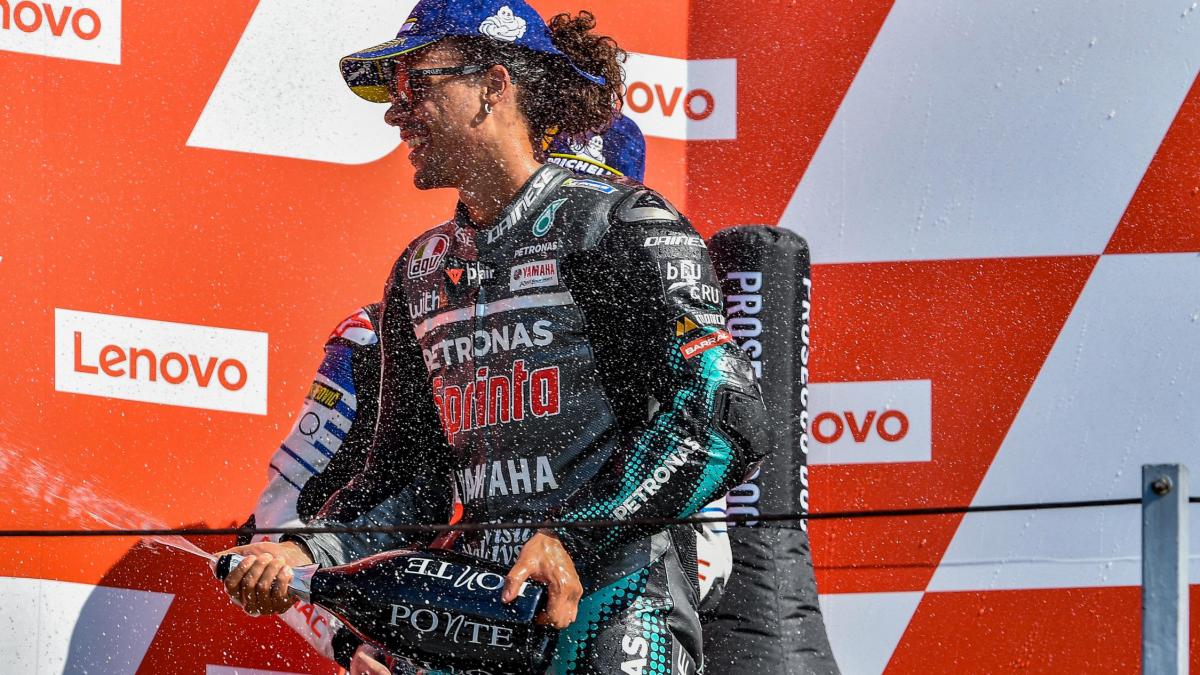Got a need for speed? The history of racing has been soaring high since its beginning, and no story is complete without the roar of the motorcycle. Ever wanted to know the rules of the track? Look no further. Let’s dive into the Motogp Regulation.
MotoGP is the premier class of motorcycle racing, and it’s governed by a set of regulations that are designed to ensure safety and fairness. These regulations cover everything from the technical specifications of the bikes to the conduct of the riders on and off the track.
Motogp Regulation: What’s The Point?
The primary goal of Motogp Regulation is to promote safe and fair racing. By establishing a set of rules that all riders must follow, the FIM (Fédération Internationale de Motocyclisme) aims to minimize the risk of accidents and to create a level playing field for all competitors.
Motogp Regulation: The Main Points
The Motogp Regulation are complex and cover a wide range of topics. However, some of the most important points include:
- The technical specifications of the bikes, including the engine capacity, weight, and dimensions.
- The conduct of the riders on and off the track, including the rules of engagement and the penalties for unsportsmanlike conduct.
- The format of the races, including the number of laps and the length of the race.
- The safety requirements for the riders and the track, including the use of protective gear and the design of the circuit.
Motogp Regulation: A Personal Experience
I’ve been a fan of MotoGP for as long as I can remember. I love the speed, the skill, and the excitement of the races. A few years ago, I had the opportunity to attend a MotoGP race in person.
Motogp Regulation: What Is It?
MotoGP is the premier class of motorcycle racing, and it’s governed by a set of regulations that are designed to ensure safety and fairness. These regulations cover everything from the technical specifications of the bikes to the conduct of the riders on and off the track.

One of the things that I found most impressive about the MotoGP regulations is the level of detail that they go into. Every aspect of the race is covered, from the size of the tires to the weight of the bikes.
Motogp Regulation: History and Myth
The history of MotoGP regulation is long and storied. The first set of regulations was established in 1949, and they have been updated and revised many times since then.
One of the most significant changes to the MotoGP regulations came in 2002, when the four-stroke engines were introduced. This change had a major impact on the sport, and it led to a new era of dominance by riders such as Valentino Rossi and Jorge Lorenzo.
Motogp Regulation: Hidden Secrets
There are many hidden secrets in the MotoGP regulations. One of the most closely guarded secrets is the formula for the fuel that the bikes use.
The fuel that the MotoGP bikes use is a closely guarded secret, and it’s said to be worth millions of dollars. The formula for the fuel is so secret that only a handful of people in the world know it.
Motogp Regulation: Recommendation
If you’re a fan of MotoGP, then I highly recommend that you check out the Motogp Regulation. It’s a fascinating read, and it will give you a deeper understanding of the sport.

Motogp Regulation: Tips
Here are a few tips for understanding the Motogp Regulation:
- Start by reading the official regulations. The FIM website has a copy of the regulations available for download.
- Attend a MotoGP race. Seeing the races in person will give you a better understanding of the regulations and how they are enforced.
- Talk to riders and team members. They can give you valuable insights into the regulations and how they affect the sport.
Motogp Regulation: Fun Facts
Here are a few fun facts about the Motogp Regulation:
- The minimum weight for a MotoGP bike is 157 kilograms.
- The maximum engine capacity for a MotoGP bike is 1,000 cubic centimeters.
- The MotoGP races are held on a variety of tracks, including road courses, street circuits, and oval tracks.
- The MotoGP season runs from March to November.
Motogp Regulation: How To
Here are a few tips for following the Motogp Regulation:
- Stay up-to-date on the latest changes to the regulations. The FIM website is a good source of information.
- Watch the races on TV or online. This will give you a chance to see how the regulations are enforced in practice.
- Read articles and books about MotoGP. This will help you to understand the sport and the regulations in more detail.
Motogp Regulation: What If
Here are a few hypothetical questions about the Motogp Regulation:
- What if the minimum weight for a MotoGP bike was increased?
- What if the maximum engine capacity for a MotoGP bike was decreased?
- What if the MotoGP races were held on only one type of track?
Motogp Regulation: Listicle
Here are a few reasons why the Motogp Regulation are important:
- They ensure the safety of the riders and the spectators.
- They create a level playing field for all competitors.
- They promote fair and exciting racing.
Motogp Regulation: In More Detail
The Motogp Regulation are constantly evolving, as the sport of motorcycle racing continues to change. The FIM is always looking for ways to improve the safety and fairness of the races, and it is always open to feedback from riders, teams, and fans.
Motogp Regulation: Conclusion
The Motogp Regulation are essential to the sport of motorcycle racing. They ensure the safety of the riders and the spectators, they create a level playing field for all competitors, and they promote fair and exciting racing.
